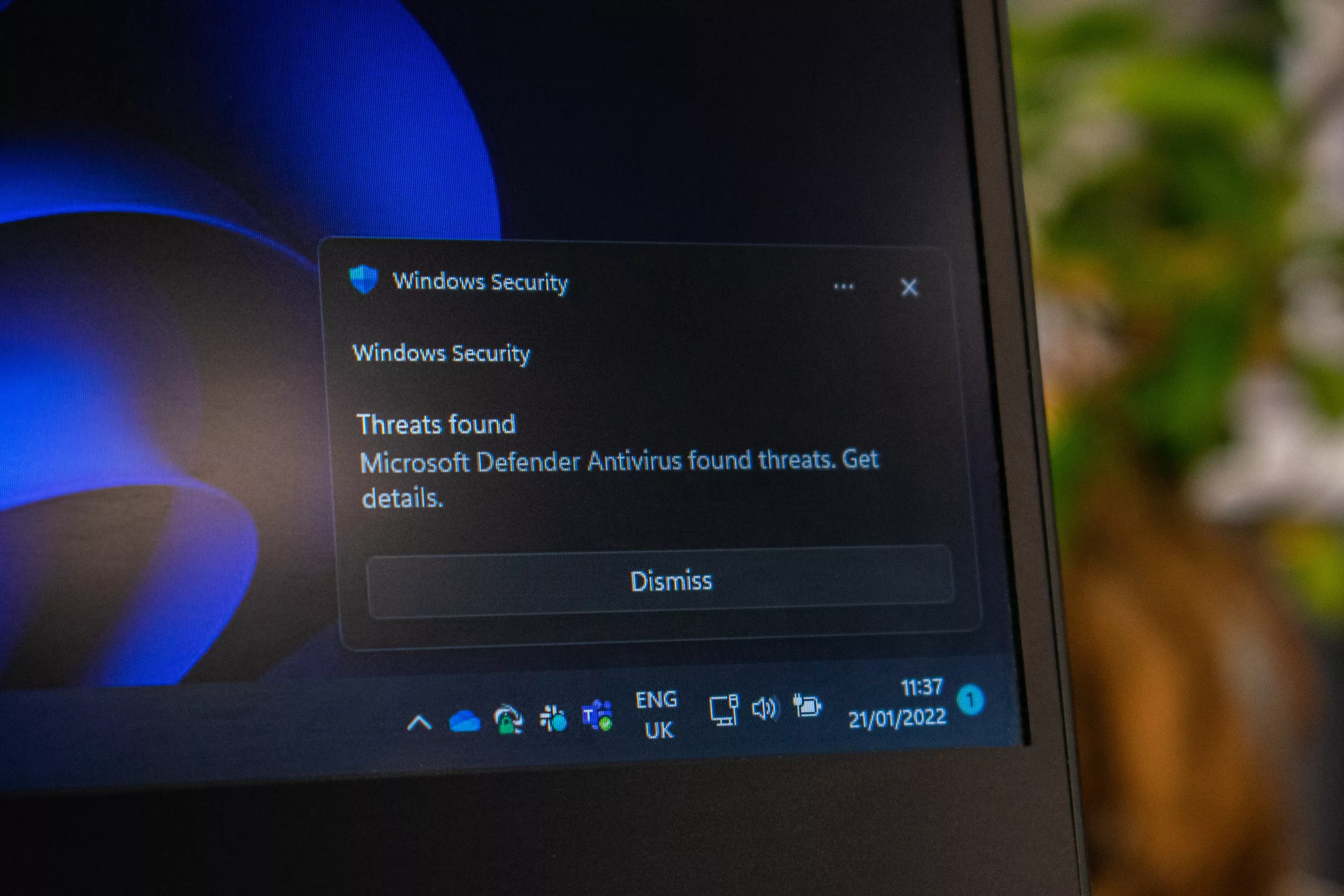Introduction to Customizable Browsers
As the digital landscape expands, so does the call for web browsers that adapt to individual user preferences and habits. In this ever-evolving technological environment, customizable web browsers are carving out a significant niche, offering myriad options that empower users to enhance their online experiences.
The beauty of customizable browsers lies in their flexibility. They enable users to tailor their functionalities, enabling a browser environment that complements numerous daily tasks—from simple navigation to complex online processes. Whether a user seeks a minimalistic experience or robust functionalities, the capacity for customization empowers users to set up their digital environments just as they like them, echoing their personal or professional lifestyle online.
Popular Customization Features
The surge in customizable browsers has many attractive features that cater to various personal needs and preferences. Extensions stand out among these features, offering additional functionalities ranging from blocking ads and managing passwords to increased productivity capabilities. A well-customized browser doesn’t just showcase aesthetic preferences through personalized themes and color schemes; it effectively addresses and enhances users’ specialized productivity needs and goals. A particular consideration for users seeking a personalized browser interface might be finding the most customizable browser capable of transforming routine browsing into a seamless and productive activity.
Extensions and Themes
Browser extensions add extra layers of functionality and dimension to your browsing experience. They are instrumental in managing tasks, enhancing security, improving efficiency, and transforming a primary web browser into a dynamic productivity hub. Whether it’sit’sit’sinit’stegrating task reminders or creating distraction-free writing environments, extensions make browsers much more than just a tool for internet access.
Widget Integration
Modern browsers have embraced widget integration, allowing users to access multiple tools and resources without navigating their primary workspace. This means integrating time trackers, to-do lists, and real-time news widgets directly in the browser, which can help organize tasks and manage activities effectively. These small but powerful tools ensure that users stay organized and productive throughout their browsing sessions.
How Customization Enhances Productivity
Browser customizationBrowser customization can markedly boost productivity by minimizing distractions and simplifying repetitive tasks. For instance, users who often multitask benefit from browser features like split-screen plugins, allowing them to handle multiple tasks concurrently without losing focus or momentum. Furthermore, automation tools embedded within browsers streamline daily processes, as they trigger tasks based on predefined user habits and preferences, significantly cutting down on time spent on routine activities.
Privacy and Security Considerations
While browser customization potential offers numerous benefits, it also imposes a duty on users to be mindful of privacy settings and security protocols. Awareness of possible vulnerabilities is crucial, whether avoiding extensions from unverified sources or choosing those prioritizing data protection. Informed browsing habits are necessary, and leveraging secure browsing practices can help maintain a harmonious balance between customization and online safety.
Selecting the Right Browser for You
Evaluating personal needs is crucial when choosing the ideal browser. Users are prompted to ask themselves what they value most—speed, customizability, or security. These factors guide the selection of a browser that aligns well with their digital behaviors and expectations. A streamlined interface may appeal to those seeking rapid navigation, while a platform with features may attract users searching for integrated tools and functionalities.
Real-World Examples of Browser Customization
Consider the example of a freelance writer who harnesses browser customization to enhance workflow and productivity significantly. They create an efficient writing environment using grammar-checking plugins, keyword research tools, and distraction-free writing modes. Moreover, students can gain immensely from note-taking extensions seamlessly integrating with their study schedules, leading to more efficient and productive learning experiences.
Future Trends in Browser Customization
The future trajectory of browser customization depicts a promising landscape brimming with potential advancements. AI-driven customization features are on the horizon, promising seamless integration and personalized adaptations stemming from consistent user behavior analysis. Anticipated innovations will likely make browsing even more secure and efficient, transforming how users interact with their digital environments, broadening capabilities, and enhancing user interactions with the internet.



